At some point in your life, you probably wished to have a machine that prints and makes authentic money. As much as we want to have this childhood fantasy, several laws and concepts prevent this event from happening.
If you think of counterfeiting money, you are not the first one to think of this terrible idea and you won’t be the first one to fail. As the world progresses, the security features of banknotes around the world get more complicated for good reasons. In fact, there has been an improvement in the Philippine currency last April 18. [1]
Philippine polymer banknotes
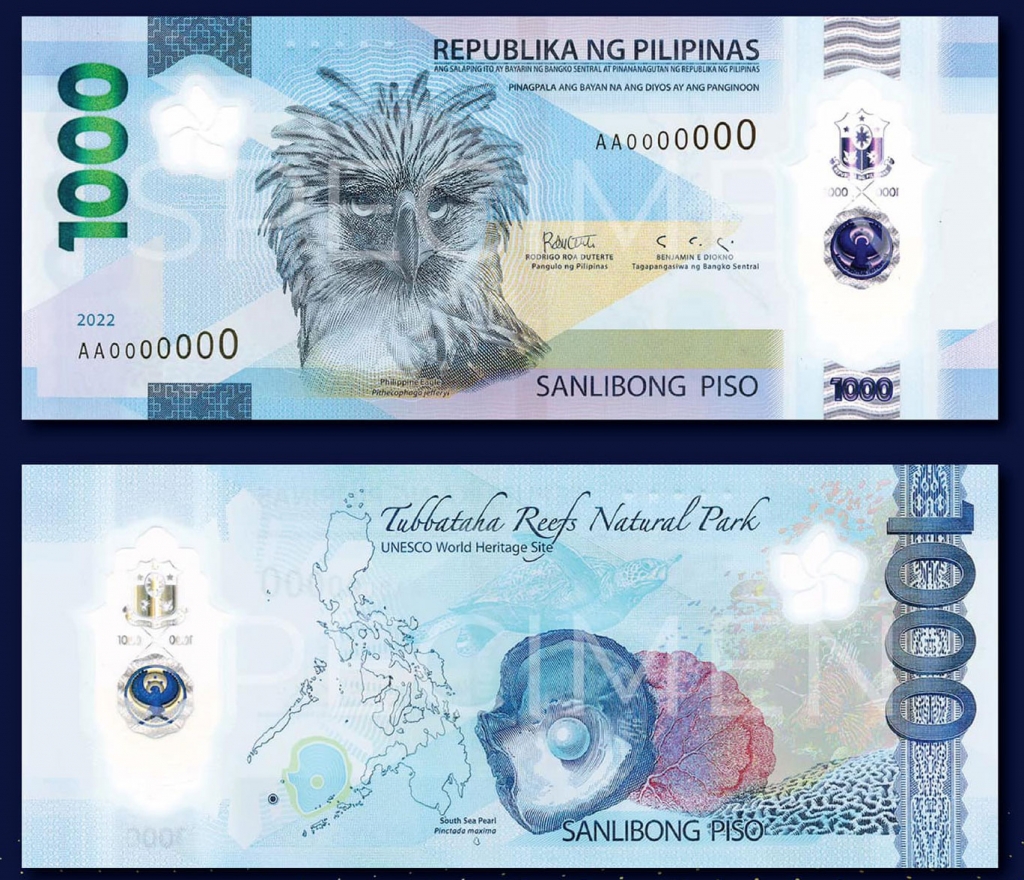
The Philippine Central Bank released the first batch of the first polymer banknotes in the 1,000-peso denomination at the banks’ over-the-counter services. The plastic-made banknotes are made to make our current money dirtproof and waterproof.
The banknotes will not reach the automatic teller machines (ATM) yet because ATMs are not yet calibrated to dispense money made from polymer. As of the moment, 10 million pieces of 1,000-peso polymer bills are out for a limited test run. There are several reasons why the Bangko Sentral ng Pilipinas (BSP) decided to circulate polymer banknotes.
First, polymer banknotes are more hygienic because their composition is resistant to dirt, bacteria, and viruses which is essential in the current COVID-19 pandemic. Polymer banknotes can also last longer in extreme temperatures than paper money. In the long run, making polymer money will result in lower production costs versus paper money.
But most importantly, polymer banknotes are harder to counterfeit than paper money because the material itself is more difficult to produce. The new polymer banknote has significant differences from the usual paper money.
Differences between Philippine paper and polymer banknotes
The standard 1,000-peso bill has the faces of Jose Abad Santos, Vicente Lim, and Josefa Llanes Escoda while the new polymer banknote features the Philippine Eagle as its centerpiece. At the back of the bill, both paper and polymer money features the Tubbataha reef. However, the new polymer banknote has the official Philippine government and BSP seal.
Different banknote security features worldwide
Five Australian Dollar banknote
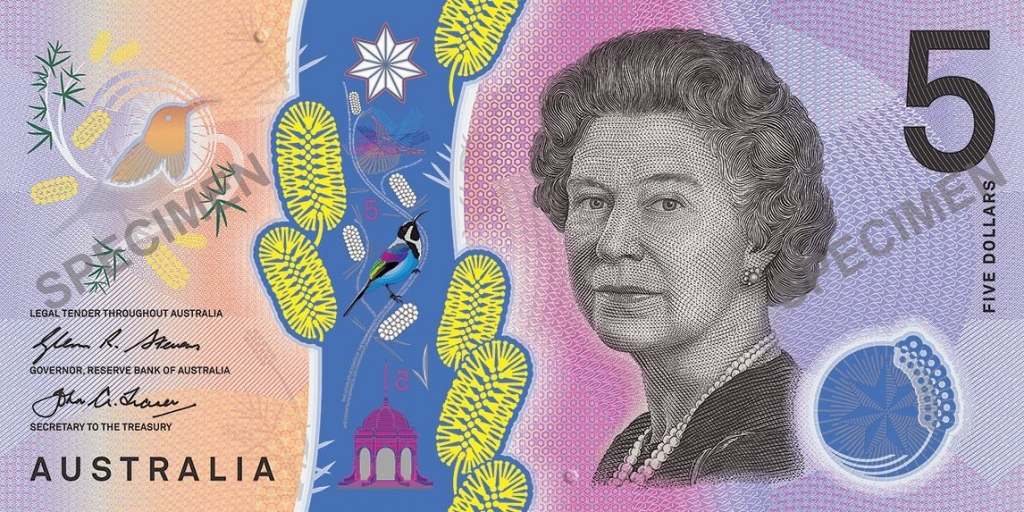
Several countries around the world improved their banknotes to prevent counterfeiting. Among these countries, Australian banknotes are arguably the most advanced in the world. The polymer banknotes in the Philippines will be outsourced from Note Printing Australia, a subsidiary of the Reserve Bank of Australia.
Australia is the first country to use polymer in their money back in the 80s. One cool feature of their A$5 banknote is its rolling color effect where you’ll see the image of an Eastern Spinebill moving its wings and changing colors once you move the bill in certain directions.
The bill also has the vibrant image of the Eastern Spinebill that glows in UV light. And to top it off, the 5 within the Federation Pavilion change direction when the bill is tilted.
Chinese 100-yuan banknote
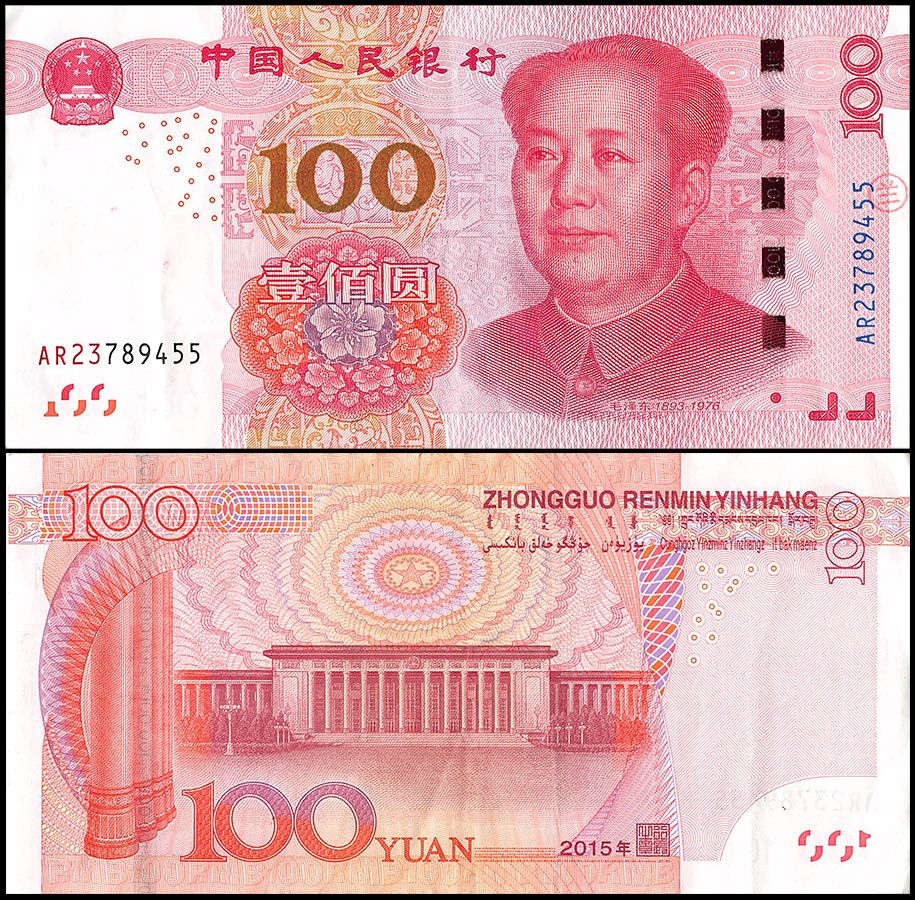
On the other hand, the Chinese 100-yuan bill had its upgraded security features back in 2015. The most significant change in the Chinese banknote is the 100 that was changed from red and blue to “tuhao jin” or “high roller gold.”
The current 100-yuan denomination also has a wider security strip that makes it easier for machines to read. Before, the bill’s security strip was placed near the 100. Currently, the security strip is located on the right side of the banknote beside Mao Zedong. In 2015, China’s ATMs were unable to read the banknote because of their technology.
The Chinese government then issued a statement and updated the country’s ATMs for the current currency. You can say that the BSP made a smart move of not making the new polymer bills reach the ATMs yet.
200,000 Vietnamese Dong banknote
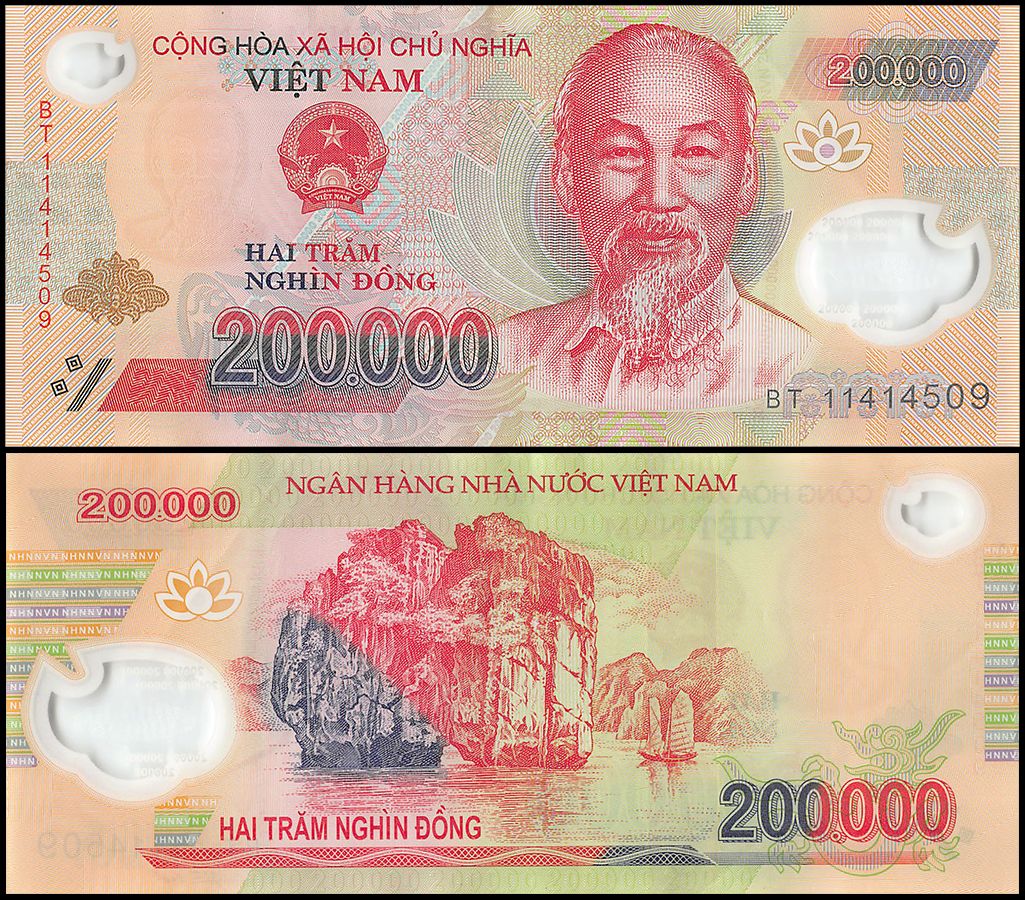
Vietnam’s banknotes have different features depending on the value. However, its 200,000 Dong banknote that was released in 2006 is one of the most sophisticated banknotes in the world today. Its already sophisticated anti-counterfeit features were upgraded in 2014 making it one of the most difficult banknotes to reproduce.
Like the Australian Dollar, the 200,000 Dong banknote is made from polymer. That alone makes the bill hard to counterfeit. The bill also uses microprinting technology and its drawings have intricate detail. The bill features a color-changing patch, UV lettering of the bill’s denomination, and special ink used in its security code.
The Vietnamese Dong has two security features, its code is made from a special ink and a security thread.
100 US Dollar banknote
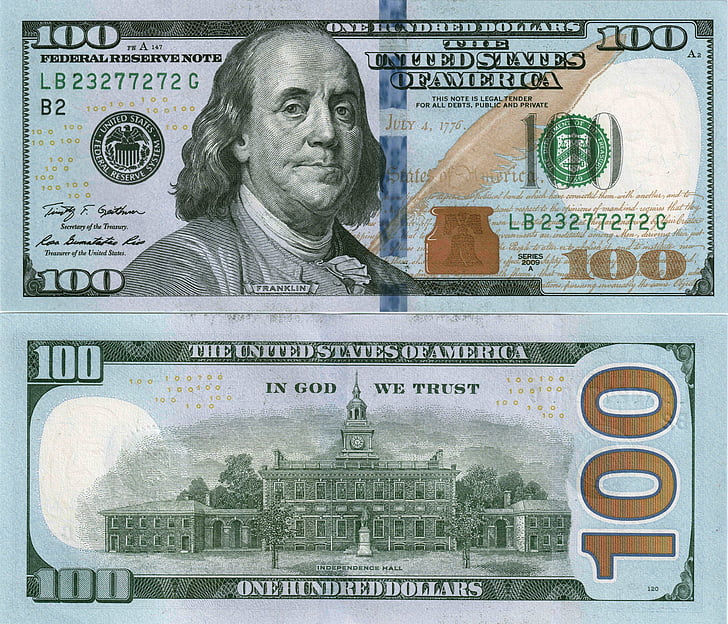
The 100 Dollar banknote of the United States of America catches mold unlike bills made from polymer. However, its security features and the country’s economic standing in the world make the bill worthy to have a place on this list. The unique feature of this bill is that there are parts of the banknote that are made from different materials.
First, genuine 100 US dollar bills have a distinct rough feeling when you touch Benjamin Franklin’s left shoulder. This is because of the enhanced intaglio printing. Second, its security ribbon is woven in the paper, not printed. And third, the US Federal Reserve paper used for the banknote is made from ¼ linen and ¾ cotton.
You Protecting your Banknotes
The countries featured on this list are having extra measures when it comes to their banknotes. If you are an Overseas Filipino Worker, you probably have seen different currencies in your lifetime. And as someone who works hard, you want to secure your money for yourself and your family.
Whatever security feature a banknote has, you need to keep it secure that is why you keep it in a bank. Unlike the banknotes themselves, your money’s value decreases over time due to inflation. The only way to protect your money’s value is to invest. And yes, investments can be quite difficult and especially if you don’t know where to invest.
Real Estate Investments
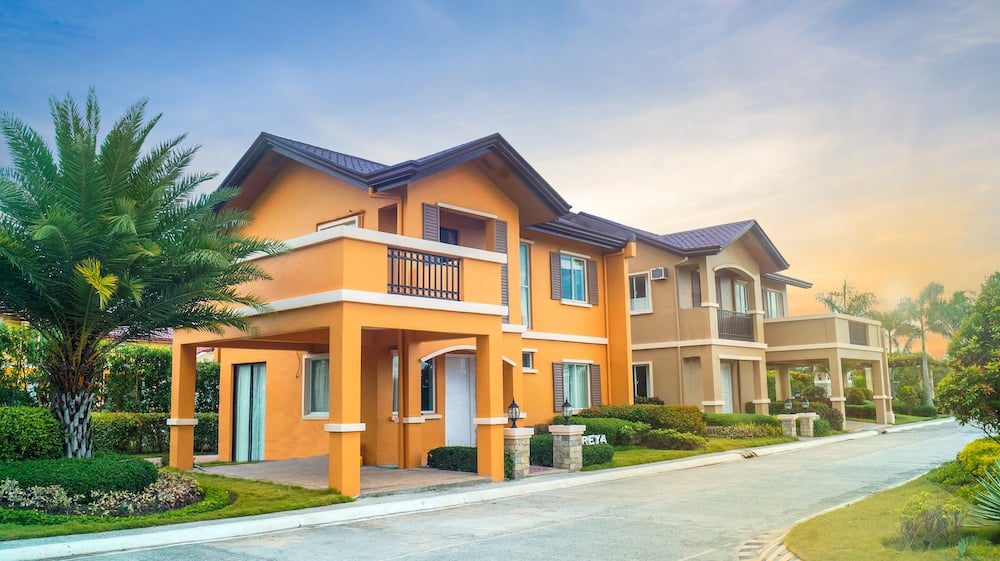
Investing in real estate is one of the safest ways to keep your money. Real estate investments have huge investment returns. Investing in real estate properties is also a way for you to have your own home.
When investing in real estate properties, you can never go wrong with investing in a house and lot or condo from a reputable real estate developer in the Philippines. Camella is a real estate developer for 45 years. Investing in a house and lot in Camella is a secure investment for you and your family.
You might not have a machine that makes and prints money, but having a house and lot in Camella is surely the next best thing.
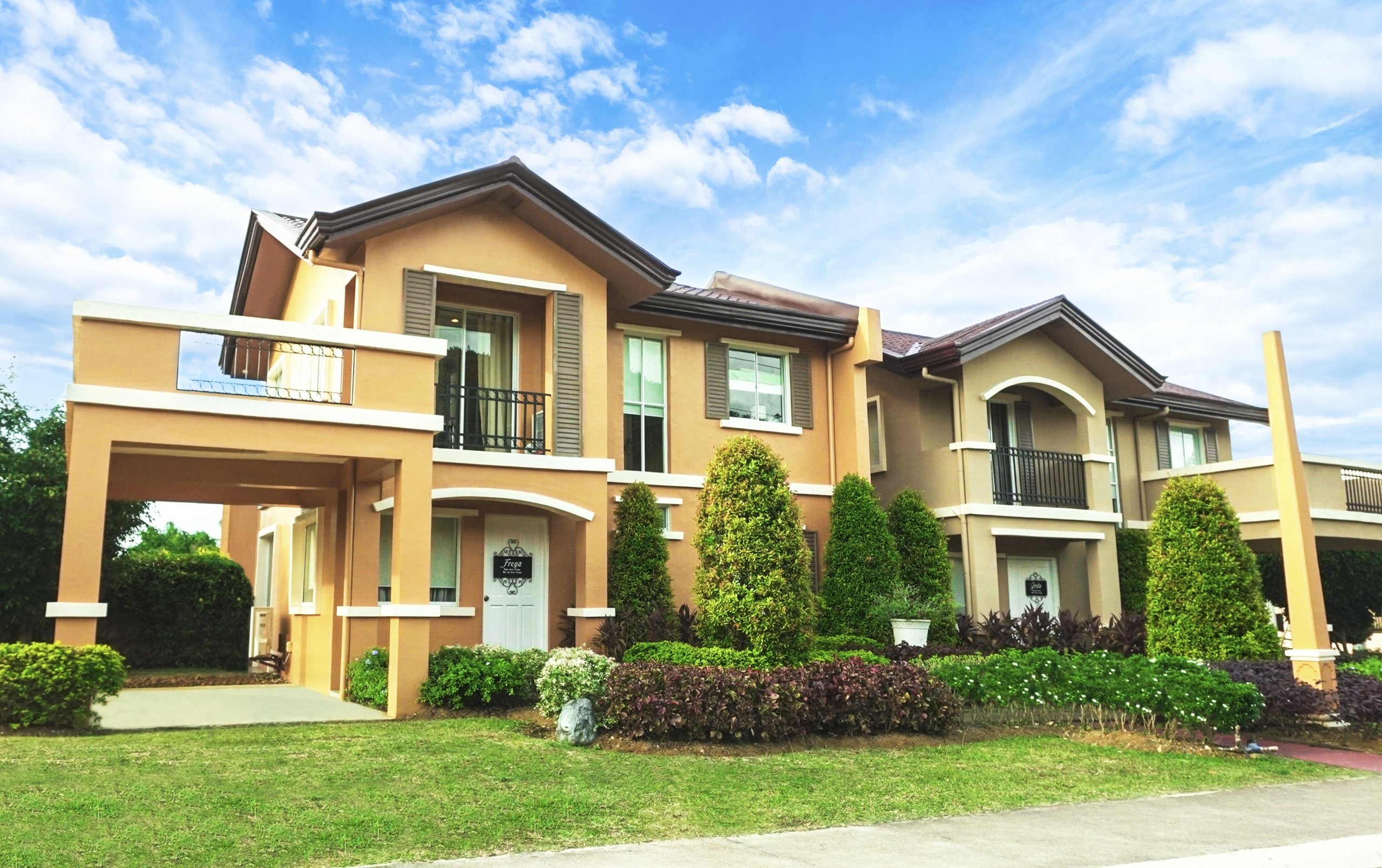
Check our Properties for Sale in the Philippines
Check out our catalog of house and lot and condo for sale in the Philippines!
Reference(s):
https://www.untvweb.com/news/bsp-to-release-new-p1000-polymer-bills-starting-april-18/


